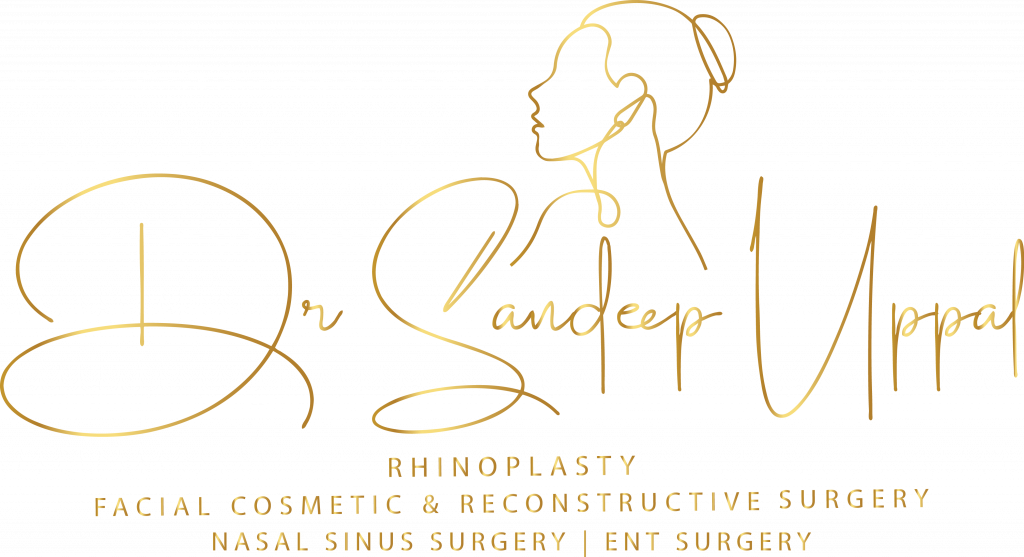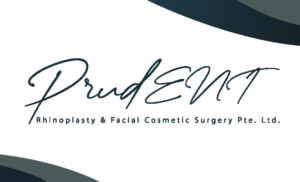The Ponytail Facelift: A Revolutionary Approach to Facial Rejuvenation
In the ever-evolving field of facial plastic surgery, techniques are constantly refined to provide patients with natural-looking results, minimal downtime, and enhanced confidence. One such innovation that has garnered significant attention is the “ponytail facelift.” Named for the way it mimics the lifted, refreshed look achieved by pulling one’s hair into a high ponytail, this procedure offers a modern twist on traditional facelift techniques. At The ENT Clinic, under the expert guidance of Dr. Sandeep Uppal, this advanced procedure is tailored to meet the unique needs of each patient, combining aesthetic artistry with surgical precision. What Is the Ponytail Facelift? The ponytail facelift is a minimally invasive surgical procedure designed to achieve a youthful, lifted appearance without the telltale signs of surgery. Unlike traditional facelifts that address the entire face, this technique is customized to the patient’s needs and focuses on the upper, middle and lower-face, targeting areas such as the temples, mid-face and jawline. The result is a natural enhancement that maintains the patient’s unique features. Here’s a simplified explanation of the four types of ponytail lift procedures, focusing on what they address, the incisions, and the extent of the work done under the skin: Ponytail Lift I (PTL-I) Who is it for? People in their 30s or 40s showing early signs of aging in the upper face or younger individuals seeking facial enhancement. What’s done? Small incisions are made entirely within the scalp, so they’re invisible. Extent of dissection: Focuses on lifting and tightening the upper two-thirds of the face. Ponytail Lift II (PTL-II) Who is it for? People aged 40 to 45 with early jowls (sagging along the jawline) but minimal neck skin looseness. What’s done? A small 2-cm incision behind the ear is used to slim the lower face and jowls. If there’s a double chin, a 1.5-cm incision under the chin helps contour the neck (no neck skin is removed). Extent of dissection: Involves deeper work to tighten the underlying facial structures (SMAS) and improve jawline and neck contour. Ponytail Facelift I (PTFL-I) Who is it for? Individuals aged 45 to 65 with noticeable sagging skin in the lower face and neck. What’s done? A longer incision behind the ear removes extra skin and lifts the neck and lower face. Work on the deeper layers tightens the jawline and neck muscles for a smoother result. Extent of dissection: Includes deeper reshaping of the neck muscles, contouring, and skin removal in the lower face and neck. No incisions are made near the sideburns or in front of the ear. Ponytail Facelift II (PTFL-II) Who is it for? People 65 and older with heavy jowls, lots of loose neck skin, and poor skin elasticity. What’s done? Adds a small incision in front of the ear to the PTFL-I approach, which allows better handling of excess skin. No incisions in the sideburn or hairline. Extent of dissection: This is the most comprehensive option, addressing severe sagging and restoring a youthful look. In short, the Ponytail procedures range from minor lifts for early aging to more extensive facelifts for significant sagging. The incisions are cleverly hidden, and the level of work done depends on the degree of aging and the patient’s needs. Why the Name? When you pull your hair into a tight, high ponytail, you might notice a subtle lift around your temples, eyes, and cheeks. This effect inspired the name of the procedure. The ponytail facelift replicates this aesthetic—a gentle elevation of key areas to create a refreshed yet natural look. Importantly, the procedure does not involve physically pulling the hair; rather, it’s about strategically repositioning tissue and tightening underlying structures. Key Features of the Ponytail Facelift Minimally Invasive: The procedure often involves smaller incisions hidden within the hairline, and around the ears, reducing visible scars and accelerating recovery. Natural Results: Unlike traditional facelifts that can sometimes appear overly tight, the ponytail facelift focuses on subtle enhancements, preserving facial harmony. Customizable: The technique can be tailored to address specific areas of concern, making it ideal for younger patients or those seeking a preventive approach to aging. Reduced Downtime: Thanks to its minimally invasive nature, patients typically experience faster recovery times compared to traditional facelifts. Comprehensive Patient Assessment at The ENT Clinic Dr. Sandeep Uppal takes a meticulous approach to assessing each patient. During your consultation, you can expect: Facial Anatomy Analysis: Dr. Uppal examines your bone structure, skin quality, and areas of volume loss to determine the most effective approach. Goal Discussion: Understanding your aesthetic concerns and desired outcomes ensures alignment between your expectations and achievable results. Medical History Review: A comprehensive review of your medical history, including previous surgeries, allergies, and any medical conditions, helps identify potential risks. Skin Elasticity Evaluation: Assessing your skin’s elasticity is essential, as it determines the degree of lift and repositioning that can be achieved. Photography and Imaging: High-resolution photos are taken to document your pre-operative state and aid in surgical planning. Pre-Operative Care at The ENT Clinic Dr. Sandeep’s team provides personalized guidance to prepare you for surgery: Lifestyle Adjustments: Quit Smoking: Smoking can impair healing and increase the risk of complications. Avoid Certain Medications: Blood-thinning medications, such as aspirin and NSAIDs, Vitamin E supplements, herbal medications, Ginko Biloba, and Ginger should be discontinued as advised. Skin Preparation: Medical-grade skincare products or pre-surgical treatments like chemical peels may be recommended. Nutritional Guidance: A balanced diet rich in vitamins, particularly Vitamin C and protein, promotes healing. Supplements like Arnica Montana may be recommended to reduce bruising and swelling. The Procedure The ponytail facelift at The ENT Clinic is performed with meticulous attention to detail. Dr. Sandeep uses small incisions discreetly placed within the hairline and around the ear to lift and reposition underlying tissues. Excess skin is carefully removed, and incisions are closed to ensure minimal scarring. Dr. Sandeep’s expertise in facial plastic surgery ensures that natural contours are preserved for a balanced, refreshed appearance. Post-Operative Care and Management Dr. Sandeep’s team provides comprehensive post-operative care to ensure a smooth
The Ponytail Facelift: A Revolutionary Approach to Facial Rejuvenation Read More »


